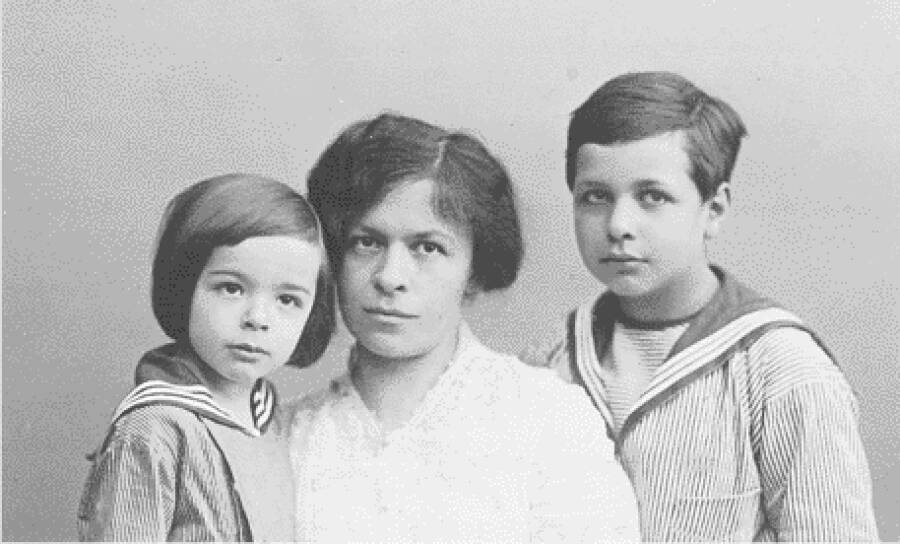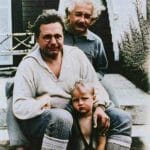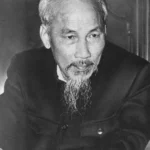The Enigma of Einstein’s Missing Daughter
Prepare to delve into the captivating mystery surrounding Lieserl Maric, the elusive first child of Albert Einstein. Hidden from public view for decades, her existence only came to light in 1986 with the discovery of personal letters. Her story, a tapestry woven with whispers, speculation, and tantalizing clues, continues to intrigue historians and ignite the imaginations of those captivated by unsolved mysteries.
Lieserl Maric, the daughter of Albert Einstein and Mileva Marić, was born in 1902, a time when societal expectations cast a long shadow on children born out of wedlock. The weight of convention, coupled with the demands of a burgeoning scientific career, likely influenced the couple’s decisions regarding their daughter. Lieserl’s story serves as a poignant reminder that even the most brilliant minds navigate the complex realities of personal challenges and societal pressures.
What Became of Lieserl? Exploring the Leading Theories
Lieserl’s fate remains unknown, but several theories attempt to shed light on her disappearance from historical records after 1903. Was she a victim of circumstance, her life cut short by illness? Or did she live a life shielded from public view, her true identity concealed?
One prevailing theory suggests that Lieserl was placed for adoption. Adoption, while often shrouded in secrecy, was a path chosen by many families facing similar social stigmas during the early 20th century. If Lieserl was indeed adopted, the identity and whereabouts of her adoptive family remain elusive, adding another layer of complexity to this enduring enigma.
Another theory proposes that Lieserl might have succumbed to scarlet fever, a common and often fatal illness in the early 1900s. A letter from Einstein mentioning the illness in proximity to Lieserl’s last known correspondence fuels this speculation. Medical care during that era lacked today’s advancements, making childhood illnesses a significant threat.
Intriguingly, some researchers entertain the possibility that Lieserl did not die in infancy but instead lived a life hidden from the public eye. Perhaps she was raised by relatives or entrusted to a family friend, her true parentage concealed to protect both her and her parents from societal judgment.
Did Albert Einstein Ever Meet His Daughter?
The question of whether Albert Einstein ever met Lieserl adds another layer of intrigue to her story. Letters written before Lieserl’s birth reveal a young Einstein eager to embrace fatherhood. He inquires about her health, her appearance, and expresses a longing to see her. These heartfelt sentiments suggest a man deeply affected by the circumstances surrounding his daughter’s birth and the difficult choices he faced.
“Is she healthy and does she already cry properly? What kind of little eyes does she have? Whom of us two does she resemble more?… I love her so much and I don’t even know her yet!”
These words, penned by Einstein in a letter to Mileva Marić dated February 4, 1902, offer a glimpse into the private emotions of a man often remembered for his towering intellect. They paint a picture of a father torn between his love for his child and the weight of societal expectations.
However, after 1903, Lieserl’s name vanishes from their correspondence. The reasons behind this silence remain a subject of debate. Was it a deliberate attempt to erase any trace of Lieserl’s existence, or did it stem from a deeper, more complex reality?
The scarcity of reliable documentation makes it impossible to answer these questions definitively. We are left to interpret fragments of information, piecing together a puzzle with missing pieces. The passage of time, while obscuring the truth, also amplifies our fascination with Lieserl’s story.
Why the Silence? Exploring Possible Motivations
The silence surrounding Lieserl’s fate raises intriguing questions about the motivations of those who might have held the answers. Societal pressures, personal ambitions, and the fear of scandal likely played a role in shaping the course of events.
It is plausible that both Einstein and Marić, fearing the repercussions of their actions, chose to keep Lieserl’s existence hidden. The early 20th century offered limited options for unwed mothers and carried significant social stigma. Adoption, often shrouded in secrecy, might have been seen as a way to offer Lieserl a chance at a “normal” life while allowing Einstein to pursue his burgeoning scientific career without the burden of scandal.
Mileva Marić, a brilliant physicist in her own right, also faced the limitations imposed on women in science during that era. Her silence on the matter of Lieserl adds another layer of complexity to the story. What pressures did she face as an unwed mother and an aspiring scientist? What sacrifices did she make in the name of love, ambition, or societal expectations?
The Enduring Power of Unanswered Questions
The mystery of Lieserl Maric’s fate serves as a powerful reminder that even the most celebrated lives hold hidden chapters. It compels us to look beyond the public personas of historical figures and acknowledge the messy, often heartbreaking realities of human existence.
While definitive answers may remain elusive, the search for truth continues. New evidence, whether in the form of previously undiscovered letters, DNA analysis, or eyewitness accounts, could emerge and shed light on Lieserl’s fate. Until then, her story endures as a testament to the power of family secrets, the weight of societal pressures, and the enduring allure of unanswered questions.
Have you ever wondered what Mathieu Ngirumpatse did during the Rwandan Genocide? Read about Ho Chi Minh on his efforts to unify Vietnam under a single communist government. And check out Naval yardarm to understand its function and importance in sailing and maritime operations.
- Unlock Water’s Symbolism: A Cross-Cultural Exploration - April 20, 2025
- Identify Black and White Snakes: Venomous or Harmless? - April 20, 2025
- Unlocking Potential: Origins High School’s NYC Story - April 20, 2025
















2 thoughts on “The Lost Daughter: Lieserl Maric and the Untold Story of Her Life”
Comments are closed.